Home>Interior Design>This Container Trick Has Nearly Doubled My Fridge Storage
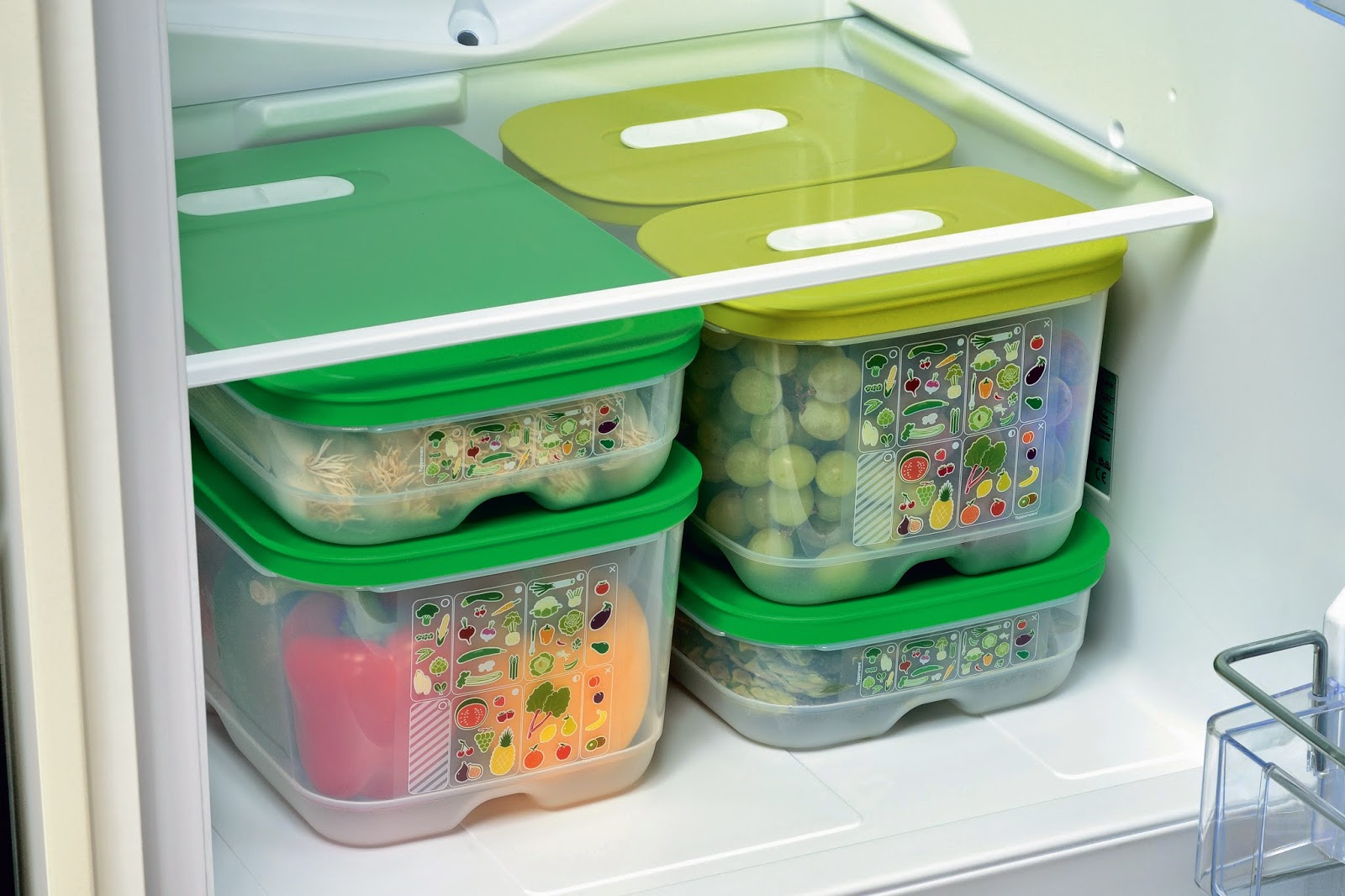

Interior Design
This Container Trick Has Nearly Doubled My Fridge Storage
Modified: January 21, 2024
Discover an interior design trick that has nearly doubled my fridge storage.
(Many of the links in this article redirect to a specific reviewed product. Your purchase of these products through affiliate links helps to generate commission for Storables.com, at no extra cost. Learn more)
Introduction
Are you tired of opening your fridge only to find a jumbled mess of containers and food items? Do you often struggle to find space for your groceries, resulting in items going bad before you can use them? If so, then the container trick might be the solution you’ve been looking for.
The container trick is a simple yet effective method to maximize storage space in your fridge. With just a few strategically placed containers, you can nearly double your storage capacity and keep your fridge organized at the same time.
In this article, we will explore how the container trick works, its benefits, and provide you with a step-by-step guide on how to implement it in your own fridge. We will also share tips and tricks to help you use containers effectively and maintain the freshness of your food.
By the end of this article, you’ll have all the knowledge you need to transform your chaotic fridge into a well-organized storage space that keeps your food fresh and easily accessible.
Key Takeaways:
- Transform your chaotic fridge into an organized oasis by utilizing the container trick. Maximize storage, maintain freshness, and simplify your food storage system with strategic zoning, grouping, and stacking of containers.
- Say goodbye to food waste and hello to efficient meal prep with the container trick. Utilize vertical space, practice first-in, first-out, and invest in specialized containers to create a well-organized and accessible fridge.
Read more: Who Has Play Area Fast Food Near Me
The Container Trick: How it Works
The container trick is based on the simple principle of utilizing containers to create defined spaces within your fridge. By categorizing and grouping similar items together, you can maximize storage space and improve accessibility.
Here’s how it works:
- Categorize Your Items: Start by categorizing your groceries into groups such as fruits, vegetables, dairy products, condiments, and so on. This will help you determine the types and sizes of containers you’ll need for each category.
- Select Suitable Containers: Choose containers that are transparent and easily stackable. Clear containers allow you to see the contents at a glance, while stackability saves space and enables efficient organization.
- Measure Your Fridge: Before purchasing containers, measure the available space in your fridge to ensure the containers will fit properly. Take into account the height, width, and depth of your shelves and drawers.
- Organize by Zones: Assign specific zones in your fridge for each category of food. For example, designate a shelf for fruits, a drawer for vegetables, and a door shelf for condiments. This creates order and makes it easier to locate items.
- Group Similar Items: Within each zone, group similar items together. Place fruits in one container, vegetables in another, and so on. This not only keeps the fridge organized but also makes it simpler to grab what you need when cooking or preparing meals.
- Label Containers: To further enhance organization, consider labeling each container with its contents. This makes it effortless to identify items and maintain a systematic approach when arranging and rearranging the fridge.
- Utilize Vertical Space: Make use of the vertical space in your fridge by stacking containers. This allows you to effectively utilize every inch of available space and create multiple layers for storing different items.
- Regularly Reorganize: As you add new groceries or consume existing ones, periodically rearrange the containers to maintain order and keep your fridge optimized for space.
Implementing the container trick may require some initial effort, but the long-term benefits of having a well-organized and efficient fridge space make it well worth the investment.
Benefits of the Container Trick
The container trick offers numerous benefits that go beyond simply creating a visually appealing and organized fridge. Let’s explore some of the key advantages:
- Maximized Storage Space: By utilizing containers and grouping similar items together, you can make the most of the available space in your fridge. This allows you to store more groceries without feeling cramped or cluttered.
- Easier Accessibility: With the container trick, finding and accessing items in your fridge becomes a breeze. No more rummaging through piles of food to locate that elusive jar of pickles. Each category has its designated spot, making it effortless to grab what you need.
- Reduced Food Waste: Keeping your fridge organized with containers helps prevent food from getting lost or forgotten in the depths of the refrigerator. You’ll be able to see everything at a glance and use them before they go bad, reducing food waste and saving money.
- Fresher Food: Containers help maintain the freshness of your food by creating a barrier against odors and preventing cross-contamination. When items are properly sealed in containers, they are less likely to spoil quickly and are protected from absorbing unwanted flavors from other items.
- Time-Saving: With an organized fridge, meal prep becomes quicker and more efficient. You’ll spend less time searching for ingredients and more time enjoying the cooking process. Plus, you’ll have a better idea of what items you need to restock, making grocery shopping easier.
- Visual Appeal: Let’s face it, a neat and organized fridge simply looks better. With containers neatly aligned and items grouped together, you’ll feel a sense of satisfaction every time you open your fridge door.
- Healthy Choices: When your food is visible and easily accessible, you’re more likely to make healthier choices. Having fruits and vegetables in clear containers at eye level encourages you to incorporate them into your meals and snacks.
- Customizable Options: Containers come in various shapes and sizes, allowing you to customize your fridge organization to fit your needs. Whether you prefer large drawers for storing leafy greens or smaller bins for condiments, you have the flexibility to create a setup that works for you.
With the container trick, you’ll experience the joy of a well-organized fridge that not only saves space but also enhances your overall cooking and dining experience.
Step-by-Step Guide on Implementing the Container Trick
Implementing the container trick in your fridge might seem daunting at first, but with a simple step-by-step approach, you can transform your chaotic fridge into an organized oasis. Here’s a guide to help you get started:
- Take Inventory: Begin by taking inventory of the items in your fridge. Discard any expired or spoiled products and make note of the different categories of food you have.
- Select Your Containers: Choose transparent containers that fit the space in your fridge. Opt for stackable containers of various sizes to maximize space efficiency.
- Categorize Your Food: Group similar items together based on their category, such as fruits, vegetables, dairy, condiments, and leftovers. This will make it easier to decide how many containers you’ll need for each group.
- Assign Zones: Designate specific areas in your fridge for each category. For example, reserve one shelf for fruits, another for vegetables, and a drawer for dairy products. This will create a systematic layout that makes finding items a breeze.
- Place Containers: Start by placing the containers in their assigned zones. Ensure they fit properly and leave enough room for easy access and movement.
- Organize Items: Place individual items into their respective containers. Keep similar items together and consider labeling the containers for added clarity.
- Stack Containers: Make use of vertical space by stacking containers when possible. This will help maximize the use of shelf space and create multiple storage levels.
- Keep it Up: Regularly maintain and tidy up your fridge. As you use up items or buy new groceries, rearrange the containers to keep everything organized and ensure they are still properly labeled.
- Adapt as Needed: As your needs change, be adaptable with your container setup. Adjust the organization of your fridge as required to accommodate varying quantities and types of food.
Remember, the container trick is all about finding a system that works for you. Experiment with different container sizes and arrangements until you find a layout that maximizes storage space and suits your specific needs.
By following this step-by-step guide, you’ll be well on your way to achieving a more organized and efficient fridge that enhances your cooking experience and helps reduce food waste.
Organizing your Fridge with Containers
One of the key aspects of the container trick is effectively organizing your fridge using containers. By creating specific zones and grouping items together, you’ll have a well-structured space that is easy to navigate and keeps your food fresh. Here are some tips for organizing your fridge with containers:
- Zoning: Divide your fridge into zones based on the different food categories. This could include zones for fruits, vegetables, dairy products, meats, leftovers, and condiments. Assign a specific shelf or drawer for each zone to keep items separated and easily accessible.
- Placement: Consider the temperature requirements of different food items. Place items that need to be kept at lower temperatures, such as meats and dairy, towards the back of the fridge where it’s coldest. Keep easily perishable items, like leafy greens and berries, in the middle or towards the front where the temperature is slightly higher.
- Grouping: Within each zone, group similar items together. Use separate containers for different types of fruits, vegetables, and condiments. This not only keeps your fridge organized but also makes it easier to retrieve items quickly and efficiently.
- Stacking: Utilize vertical space by stacking containers of the same category. This helps to maximize space efficiency and creates multiple layers for storage. Be mindful not to overload the containers to avoid squishing delicate items.
- Clear Visibility: Opt for transparent containers so you can easily see the contents without having to open them. This allows you to quickly assess what you have and what needs to be replenished without unnecessary digging and rearranging.
- Labels: Consider labeling your containers to further enhance organization. This is especially helpful if you have multiple containers of the same category or for items that may look similar at first glance. Labels can be as simple as writing directly on the containers or using adhesive labels.
- Utilize Drawers: If your fridge has drawers, utilize them to their fullest potential. Use smaller containers within drawers to separate different types of produce, such as leafy greens and root vegetables. This prevents them from rolling around and getting mixed up.
- Optimize Door Storage: Take advantage of the door compartments for condiments and smaller items. Use small, narrow containers or bins to keep items organized and prevent them from falling over when the door is opened or closed.
- Regular Maintenance: Periodically clean and rearrange your fridge to ensure everything stays organized and fresh. Remove any expired or spoiled items and wipe down the surfaces to maintain cleanliness.
Remember, the goal of organizing your fridge with containers is to create an efficient and functional space that minimizes waste and makes your life easier. Experiment with different container sizes and arrangements until you find a setup that works best for you and your specific needs.
By following these tips, you’ll have a highly organized fridge that not only looks great but also helps in preserving the freshness of your food and simplifies the process of meal preparation.
Use clear plastic bins to organize and stack items in your fridge. This creates more space and makes it easier to see and access everything.
Maximizing Space with Container Stacking
When it comes to organizing your fridge, one of the most efficient ways to maximize space is through container stacking. By stacking containers on top of each other, you can effectively utilize vertical space and create multiple layers for storing different items. Here are some tips on how to maximize space with container stacking:
- Choose Stackable Containers: Select containers that are specifically designed to be stackable. Look for containers with flat and stable tops and bottoms that fit securely when stacked. This ensures stability and prevents containers from toppling over.
- Consider Container Sizes: Opt for containers of varying heights to accommodate different types of items. This way, you can stack shorter containers on top of taller ones without wasting any vertical space. Mix and match container sizes to create a well-balanced and stable stack.
- Arrange Containers Strategically: Place smaller containers on top of larger ones to optimize space. This helps prevent wasted space between containers. Additionally, consider stacking containers of the same category to keep similar items together and make them easily accessible.
- Group Items: Within each stacked container, group similar items together. For example, stack containers of different fruits on one shelf and containers of vegetables on another. This keeps your fridge organized and makes it easier to locate specific items when needed.
- Ensure Accessibility: Arrange the stacked containers in a way that allows easy access to each layer. If necessary, consider using sliding drawers or trays to allow for seamless movement of stacked containers, making it effortless to reach items at the bottom of the stack without disturbing the layers above.
- Mind Weight Distribution: Be mindful of the weight distribution when stacking containers. Place heavier items at the bottom and lighter items on top to maintain stability. This helps prevent containers from collapsing or tipping over due to uneven weight distribution.
- Label Containers: To enhance organization, label each container with its contents. As you stack containers, it can be challenging to identify the items in each container without labels. Clear labels make it easy to locate specific items, even when they are stacked.
- Regularly Rearrange: Take the time to periodically rearrange your stacked containers to ensure optimal use of space. As you consume or restock items, adjust the stack accordingly. This ensures that frequently used items are easily accessible and minimizes the risk of forgotten or expired items.
- Balance Visual Appeal and Accessibility: While it’s important to maximize space with container stacking, also consider the visual appeal and accessibility of your fridge. Avoid stacking containers too high, as it may make it challenging to see and reach items at the bottom. Strive for a balance between space optimization and practicality.
By implementing these tips, you can efficiently stack containers in your fridge and make the most of the available vertical space. Not only will you increase your storage capacity, but you’ll also have a well-organized fridge that allows for easy access to your desired items.
Maintaining Freshness with Proper Container Usage
When it comes to food storage, proper container usage is essential for maintaining freshness and preserving the quality of your ingredients. Here are some tips to help you effectively use containers to keep your food fresh:
- Choose Airtight Containers: Opt for containers with airtight seals to prevent air from entering and moisture from escaping. This helps maintain the freshness and texture of your food by reducing exposure to oxygen.
- Use Transparent Containers: Clear containers allow you to easily see the contents without having to open them. This reduces the amount of time the container is exposed to air, helping to preserve the freshness of the food inside.
- Separate Raw and Cooked Foods: To prevent cross-contamination and maintain optimal food safety, use separate containers for raw and cooked foods. This reduces the risk of bacteria transfer and helps extend the shelf life of your ingredients.
- Properly Seal Containers: Ensure that containers are tightly sealed to create a barrier against moisture and odors. This prevents the mixing of flavors and helps prevent the food from drying out.
- Label and Date Containers: Labeling and dating your containers is crucial for proper food rotation. This practice ensures that you consume items before they expire and helps you keep track of how long certain ingredients have been stored.
- Store Cut Fruits and Vegetables Properly: When storing cut fruits and vegetables, use containers with lids that fit securely. This helps prevent them from drying out and maintains their freshness for longer periods. Consider placing a damp paper towel at the bottom of the container to help retain moisture.
- Consider Specialized Containers: Certain types of food require specific storage conditions. For example, using a lettuce crisper container or a berry keeper can help regulate humidity levels and prevent wilting or spoilage. Invest in specialized containers that cater to the specific needs of your ingredients.
- Utilize Freezer-Safe Containers: When storing food in the freezer, make sure to use containers that are specifically designed for freezer storage. These containers are made of materials that withstand low temperatures and help protect against freezer burn.
- Avoid Overpacking: While it’s tempting to squeeze as much as possible into a container, avoid overpacking. Leave some space in the container to allow for air circulation, especially for items that release moisture, such as fruits and vegetables.
- Regularly Check and Clean Containers: Periodically inspect your containers for any signs of damage or wear. Replace any cracked or warped containers to ensure optimal freshness. Also, make it a habit to clean your containers regularly to prevent the growth of bacteria or mold.
By following these tips for proper container usage, you can help maintain the freshness, flavor, and quality of your food, ultimately reducing waste and maximizing the shelf life of your ingredients.
Container Options for Fridge Storage
When it comes to organizing your fridge, choosing the right containers can make a significant difference in maximizing space and keeping your food fresh. Here are some container options that work well for fridge storage:
- Plastic Storage Containers: These versatile containers are a popular choice for fridge storage. Look for BPA-free containers with secure lids that provide an airtight seal. Opt for containers of various sizes to accommodate different types of food.
- Glass Containers: Glass containers are an excellent alternative to plastic. They are durable, easy to clean, and microwave-safe. Glass containers also don’t absorb odors or stains, making them ideal for storing both cooked and raw foods.
- Stackable Bins: Stackable bins are a great option for keeping smaller items organized. They can be used on fridge shelves or in drawers to group similar items together, such as small condiment bottles or snack-sized portions.
- Egg Holders: If you frequently use eggs, an egg holder is a handy addition to your fridge. These containers provide individual compartments to protect eggs from damage and odors. They help keep your eggs organized and easily accessible.
- Produce Bins: Produce bins are designed specifically for storing fruits and vegetables. They have built-in features like venting holes and adjustable humidity control to help keep produce fresh and crisp. These bins are a great investment for those who love fresh produce.
- Berry Keepers: Berry keepers are shallow containers specifically designed for storing berries. They have small vents that allow for air circulation while preventing moisture buildup, helping to extend the freshness of berries.
- Lettuce Crispers: Lettuce crispers are larger containers that provide space for storing salad greens, lettuce, and other leafy vegetables. They typically have a perforated bottom to allow for proper air circulation and moisture drainage, keeping your greens fresh and crisp.
- Deli Meat Containers: If you frequently buy deli meats or sliced cheeses, dedicated deli meat containers are a great option. These containers are designed to keep deli items organized and seal in freshness, preventing them from drying out or absorbing unwanted odors.
- Soup Storage Containers: If you enjoy making and storing soups in your fridge, consider soup storage containers. These containers are designed to securely hold liquids and have leak-proof lids to prevent spills or cross-contamination.
- Specialized Containers: Depending on your specific needs, there are containers available for storing things like yogurt, sauces, condiments, and more. Look for containers with individual compartments or small jars with lids for convenient storage and portion control.
Remember to choose containers that are suitable for the type of food you plan to store and consider investing in high-quality containers that are durable and long-lasting. The right container options can help you maintain organization, improve visibility, and extend the freshness of your fridge items.
Tips and Tricks for Using Containers Effectively
Using containers effectively in your fridge can greatly enhance organization and maximize storage space. Here are some tips and tricks to make the most out of your fridge containers:
- Plan Your Layout: Before placing containers in your fridge, plan out the layout based on your specific needs. Consider the available space, the types of food you regularly store, and the frequency of use for each item. This will help you determine the best arrangement for efficient organization.
- Utilize Vertical Space: Take advantage of the vertical space in your fridge by stacking containers. This creates multiple layers for storage and helps maximize space utilization. Be sure to place heavier items at the bottom of the stack for stability.
- Invest in Modular Containers: Modular containers that can be easily stacked and rearranged are incredibly useful for fridge organization. Look for containers with compatible sizes and shapes that can be mixed and matched, allowing you to customize your storage configuration as needed.
- Consider Clear Labels: Labeling your containers with the contents and dates can help you quickly identify items and keep track of their freshness. Use removable labels or erasable markers for easy updating and flexibility in changing container contents.
- Keep Like Items Together: Grouping similar items together simplifies locating what you need and reduces the chances of food going to waste. Store fruits with fruits, vegetables with vegetables, and condiments with condiments. This makes it easier to find specific items and keeps your fridge organized.
- Prep and Store Meals: Use containers to pre-portion and store meals for easy grab-and-go options. Prepare individual portions of salads, pasta, or snacks in separate containers to save time during busy weekdays. This promotes healthy eating habits and minimizes food waste.
- Practice First-In, First-Out: To prevent food from spoiling, practice the first-in, first-out (FIFO) method. Store the newer items towards the back and bring the older items to the front. This way, you’ll use up older groceries before they expire, reducing waste.
- Consider Drawer Dividers: If your fridge has drawers, use dividers to separate different types of produce. This helps keep things organized and prevents items from getting mixed up or crushed. Drawer dividers are especially useful for storing items like carrots, celery, or fresh herbs.
- Use Containers for Leftovers: Instead of storing leftovers in their original packaging, transfer them to clear containers. This not only keeps your fridge tidy but also allows you to easily see what’s inside and identify meals that need to be consumed.
- Keep a Fridge Inventory: Maintain a list of the items stored in your fridge using a whiteboard, smartphone app, or a simple pen and paper. This helps you keep track of what you have and assists in meal planning and grocery shopping, reducing the risk of overbuying.
Remember, effective container usage is all about creating an organized and functional system that suits your needs. Experiment with different arrangements, container sizes, and labeling methods until you find a setup that works best for you and helps streamline your fridge storage.
By implementing these tips and tricks, you’ll be able to maximize the use of your containers, maintain a tidy fridge, reduce food waste, and simplify your everyday cooking routine.
Read more: Where To Buy Polywood Furniture Near Me
Conclusion
Implementing the container trick in your fridge can transform your chaotic storage space into an organized and efficient oasis. By utilizing containers effectively, you can maximize storage capacity, maintain freshness, and simplify your food storage system.
Throughout this article, we’ve explored the container trick in detail, learning how it works and the benefits it offers. We’ve also provided a step-by-step guide on implementing the trick, highlighting the importance of zoning, grouping, and stacking containers. Additionally, we discussed the significance of proper container usage for maintaining freshness and shared various container options suitable for fridge storage.
Moreover, we provided tips and tricks for using containers effectively, such as planning your layout, utilizing vertical space, and labeling containers. We emphasized the value of grouping like-items together, prepping and storing meals, and practicing the first-in, first-out (FIFO) method to minimize food waste.
By implementing these strategies, you’ll not only have a well-organized and accessible fridge, but you’ll also experience the benefits of reduced food waste, easier meal planning, and fresher ingredients.
Remember, the container trick is customizable to fit your specific needs and preferences. Experiment with different container sizes, arrangements, and specialized containers to create a system that works best for you.
So, why wait? Start implementing the container trick in your fridge today and enjoy the benefits of a well-organized, efficient, and refreshing storage space.
Frequently Asked Questions about This Container Trick Has Nearly Doubled My Fridge Storage
Was this page helpful?
At Storables.com, we guarantee accurate and reliable information. Our content, validated by Expert Board Contributors, is crafted following stringent Editorial Policies. We're committed to providing you with well-researched, expert-backed insights for all your informational needs.
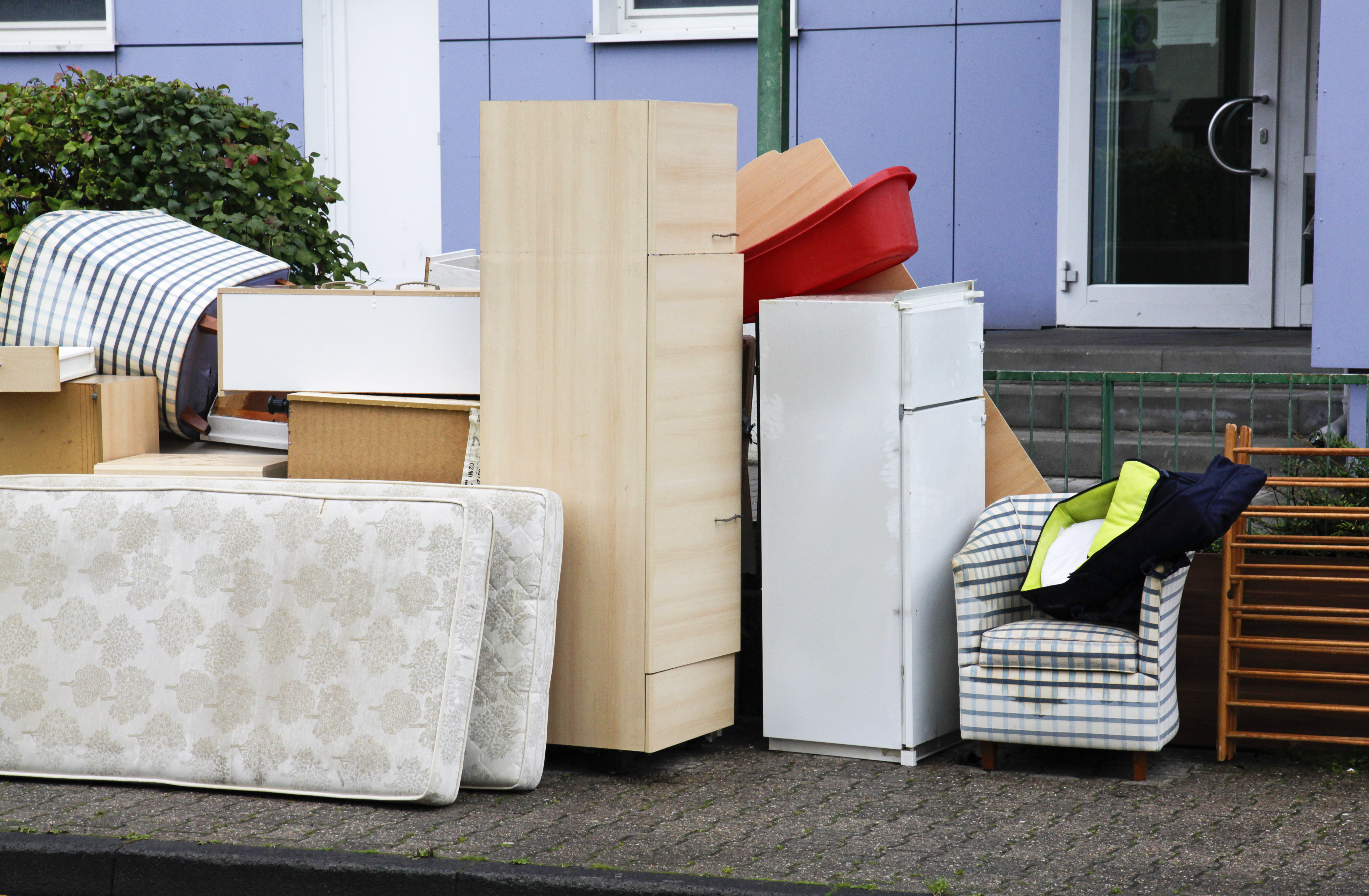
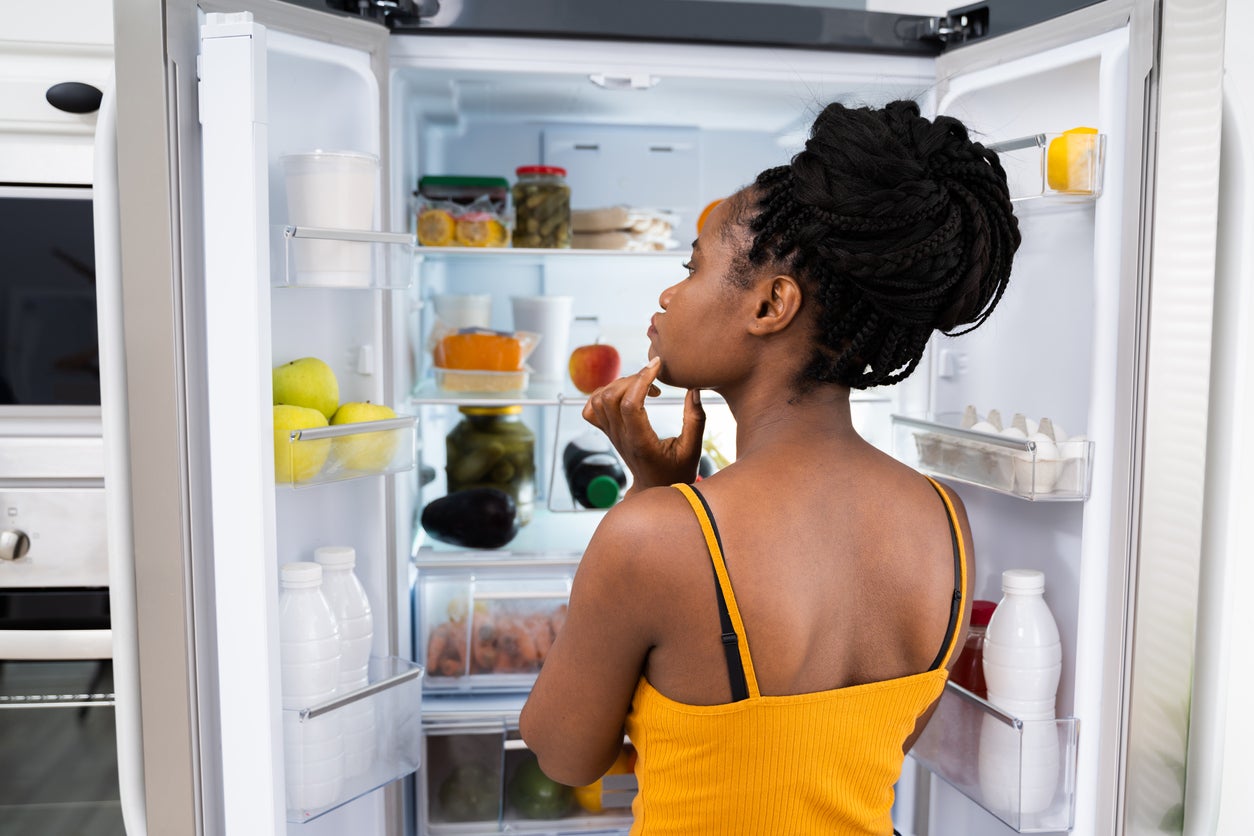
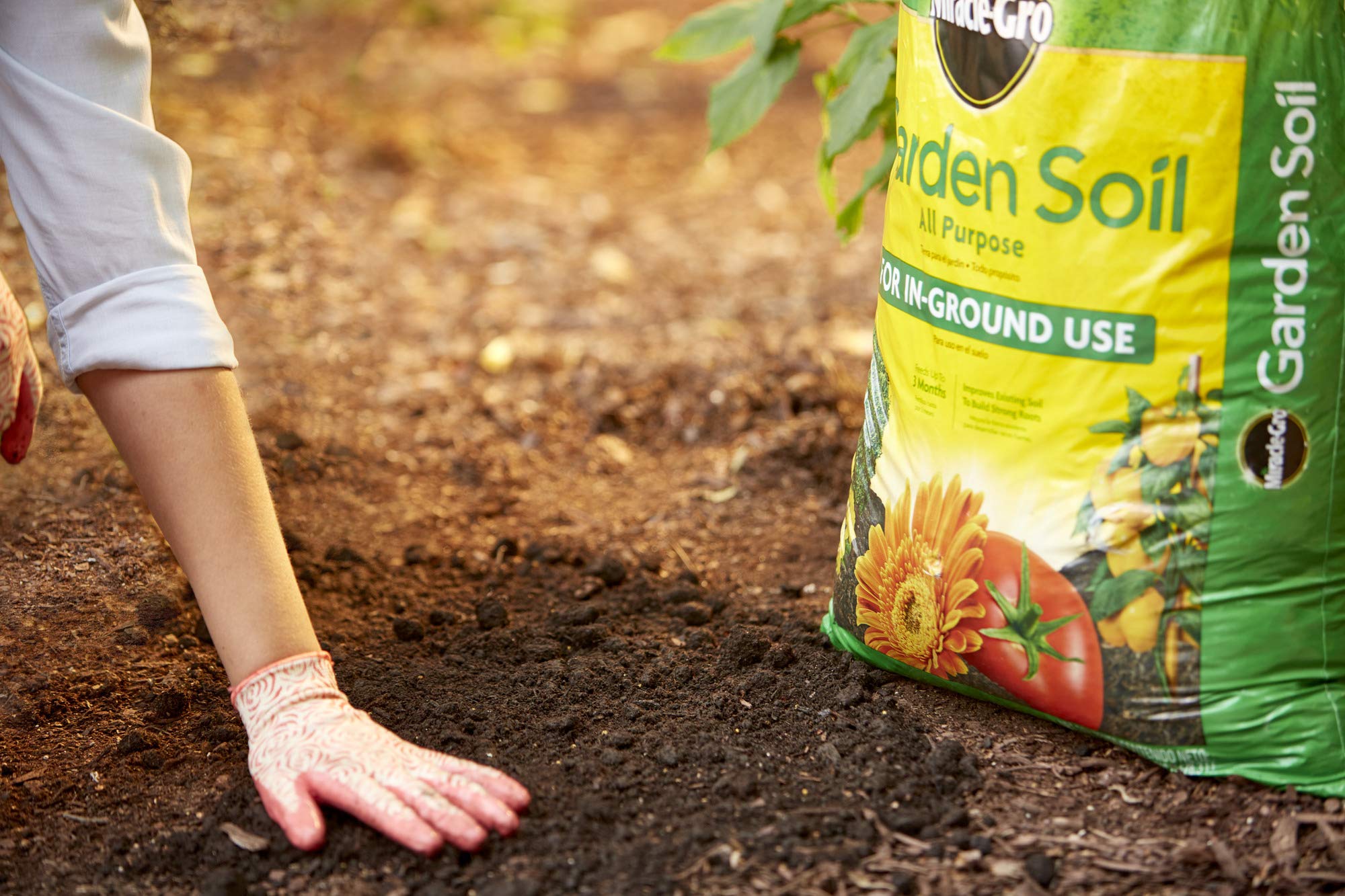
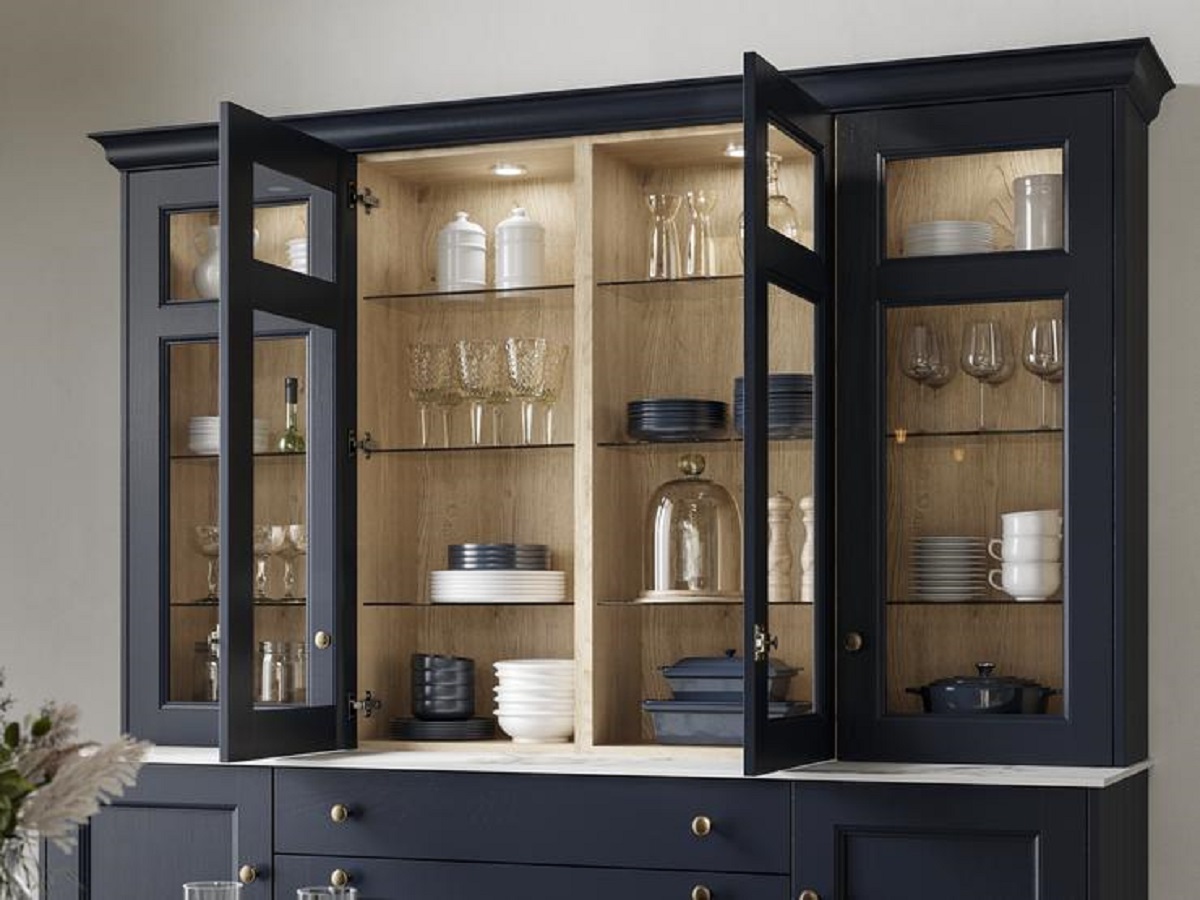
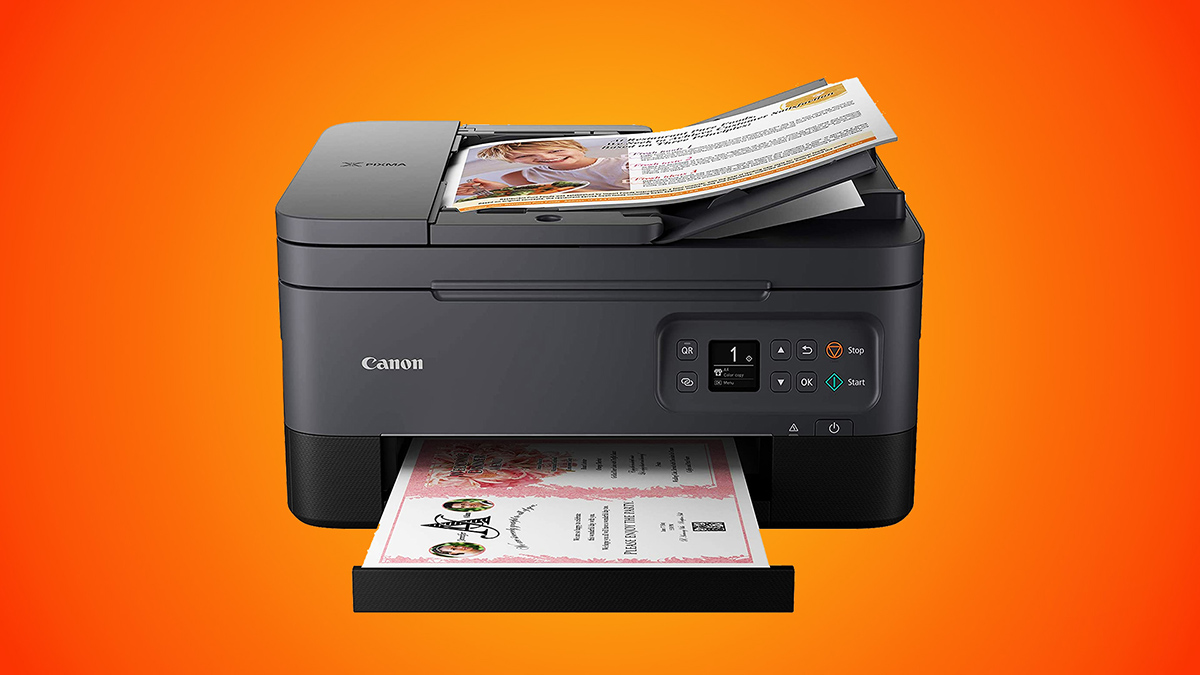
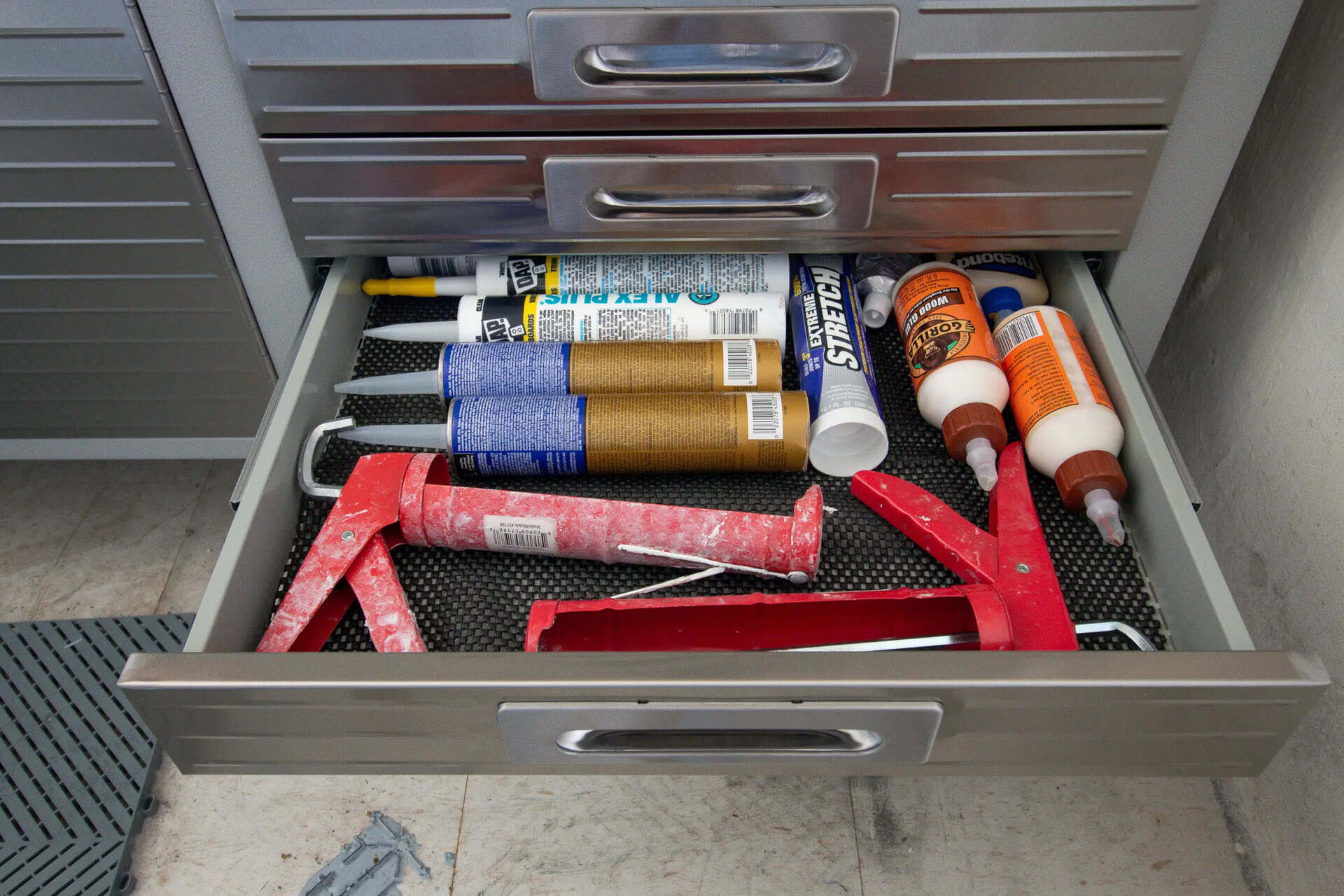

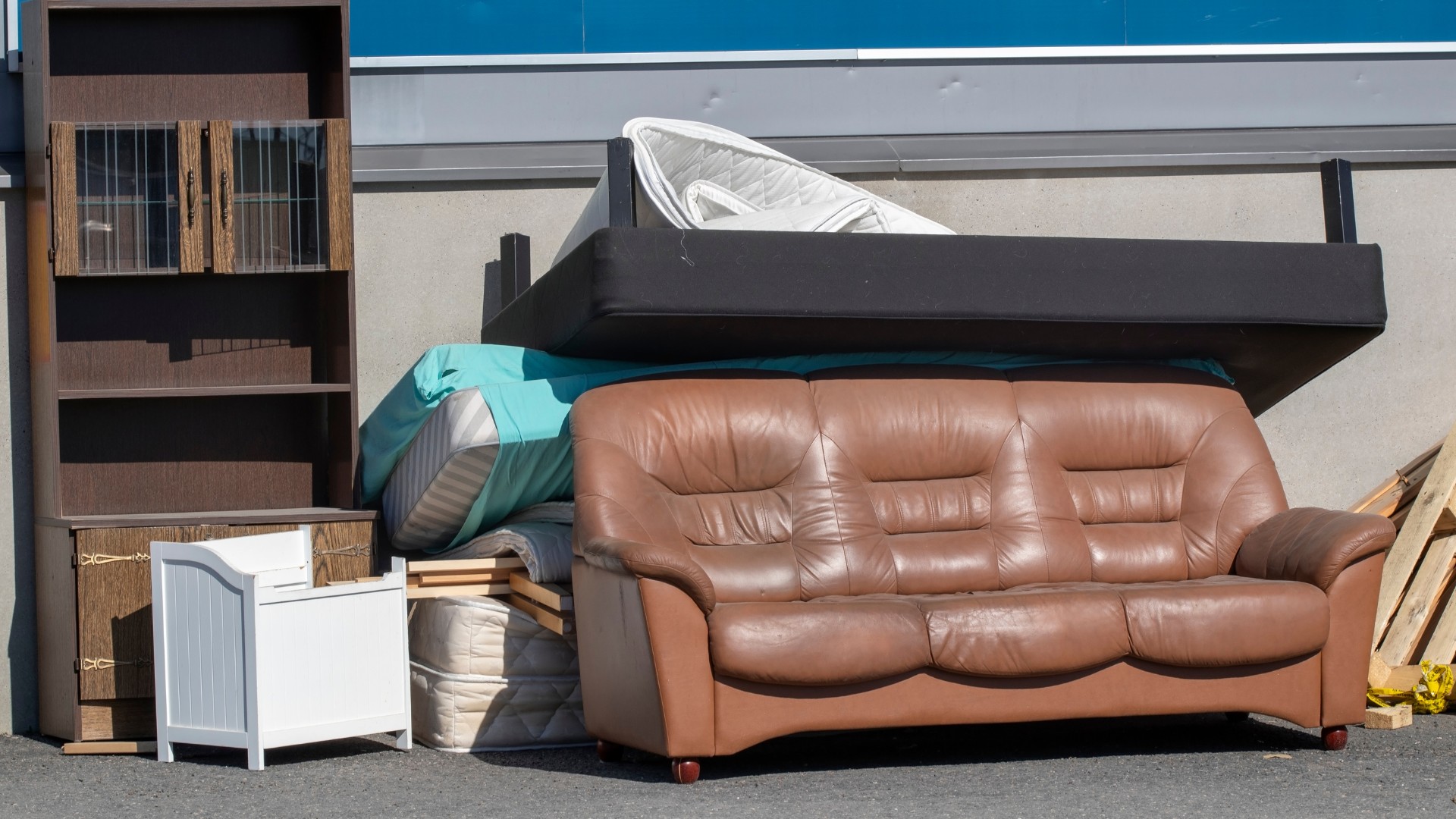
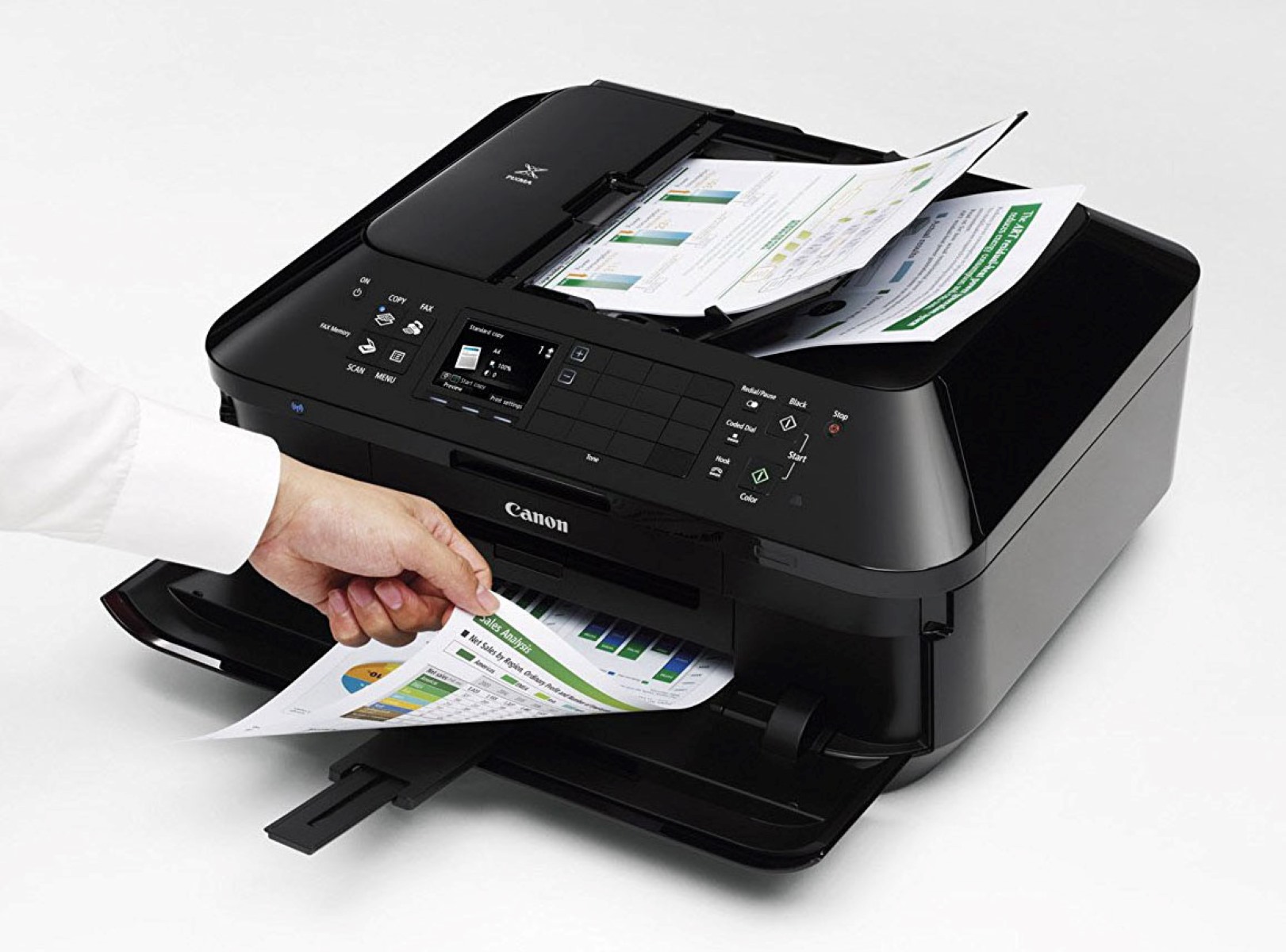
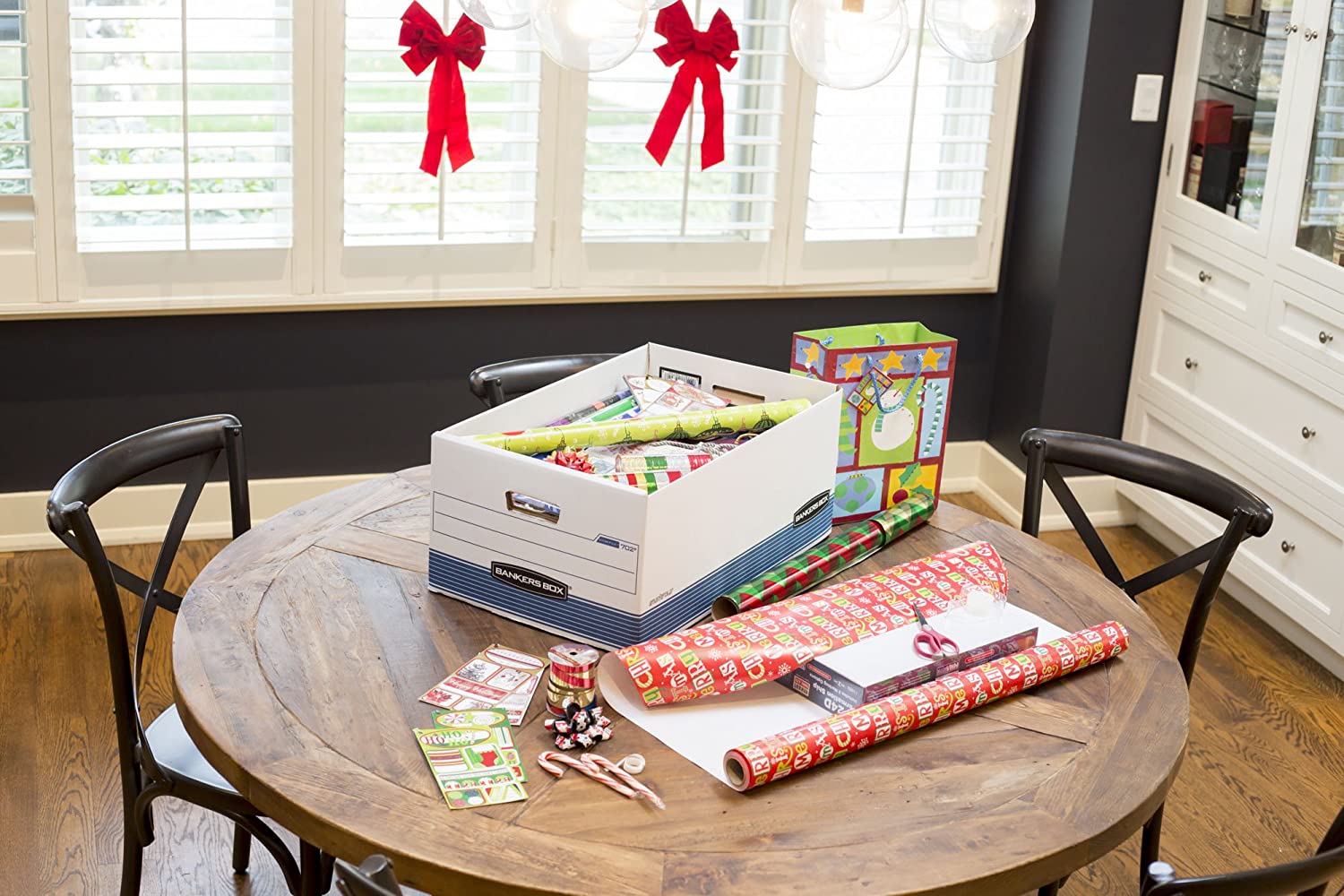
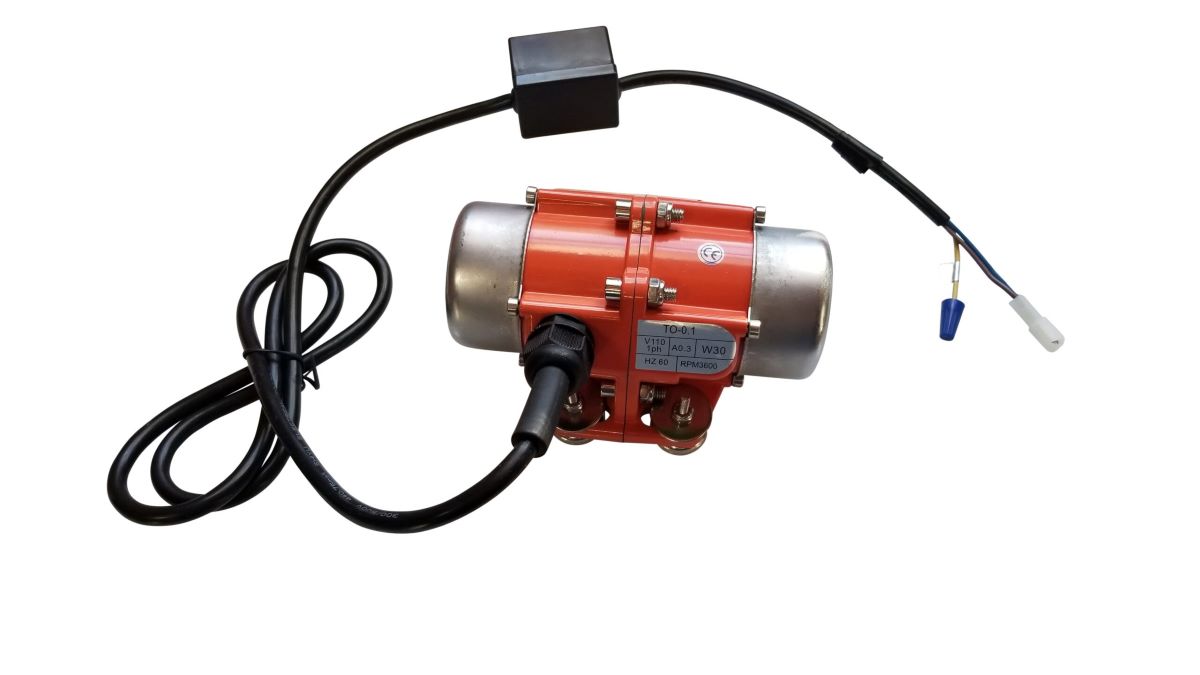
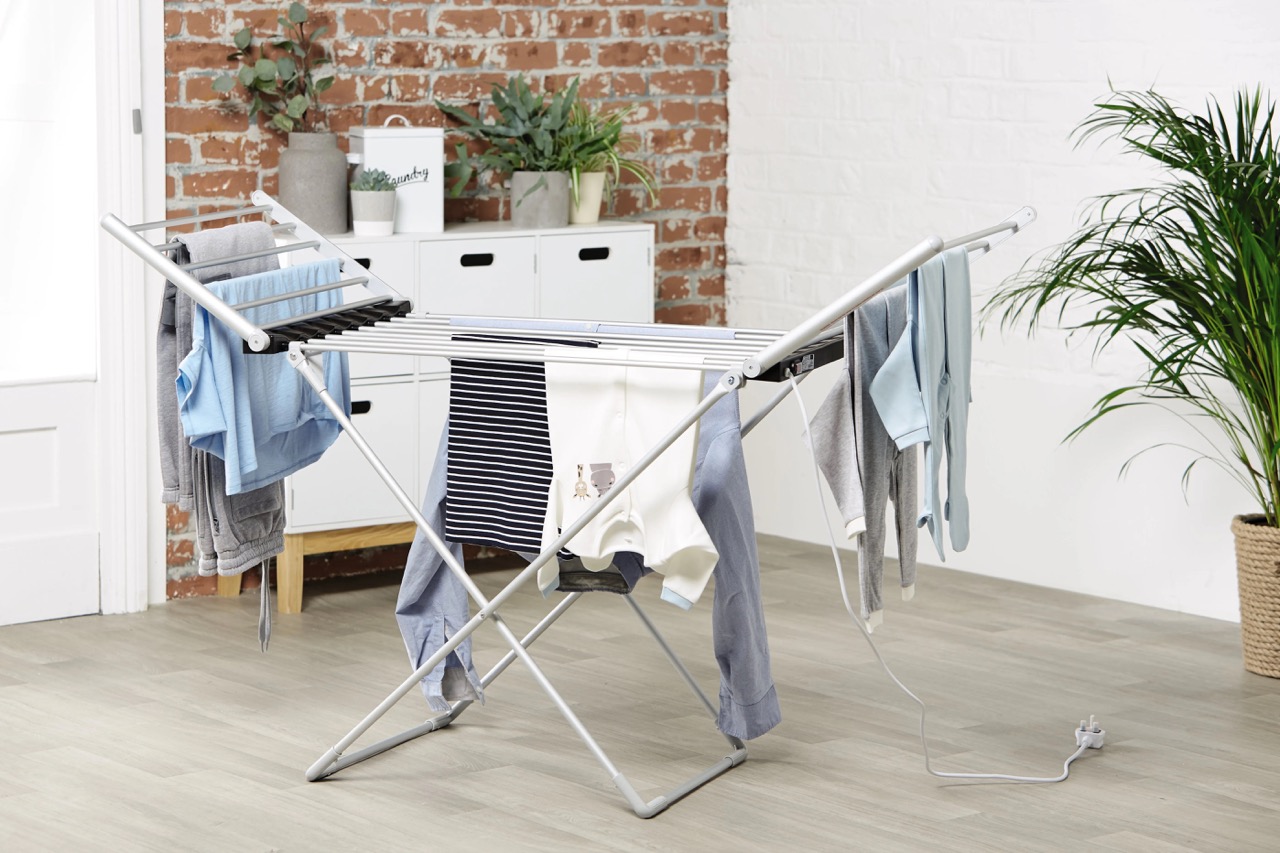


0 thoughts on “This Container Trick Has Nearly Doubled My Fridge Storage”